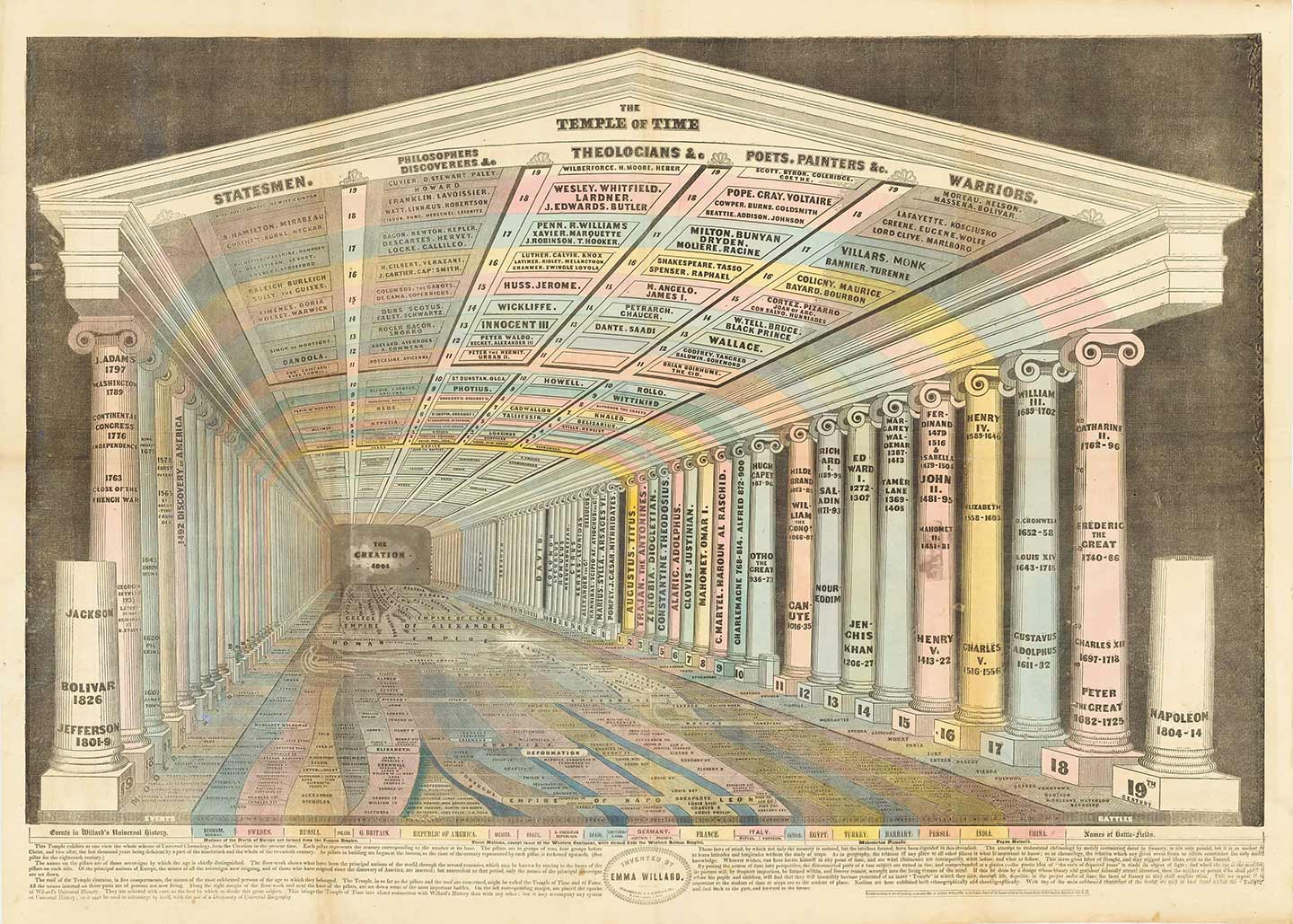Why are women’s contributions to society systematically overlooked and obscured? Design is no exception to the rule. There is a disturbing lack of literature on women’s impact in the history of graphic design. During this year’s Women’s History Month, I will share a curated collection of twelve artifacts, from the fifteenth century through the twentieth century, that offer, from a feminist perspective, a counter visual story to the traditional white male and widely received narrative in graphic design history. Before diving into contextualizing this work, I want to briefly explain my position and how I came to focus my research on illuminating female narratives.
As individuals, we are all irradiating complex systems defined by society along with our nuanced multilayered identities. When I walk into a room, at the most superficial level, one can read that I am a woman. I am light skinned. I have tattoos. When I start talking, my French accent suggests that I am from another country than the United States. I am indeed from Morocco and I am Arab. Living in Morocco was violent in many ways. My gender was enough to be constantly harassed since I was a teen, judged on every single thing I did and ultimately made me feel like an outsider every day. I came across the word feminism in high school. It made me feel somewhat normal that my mindset was not unique. But I did not understand the divide within feminism at that time until very recently. I just knew I did not want to be subject to anything or anyone. Freedom (from patriarchy) has always been a fight to be my own person and fulfill my own purpose. As a result, my work will always have a feminist point of view.
Continue reading →
